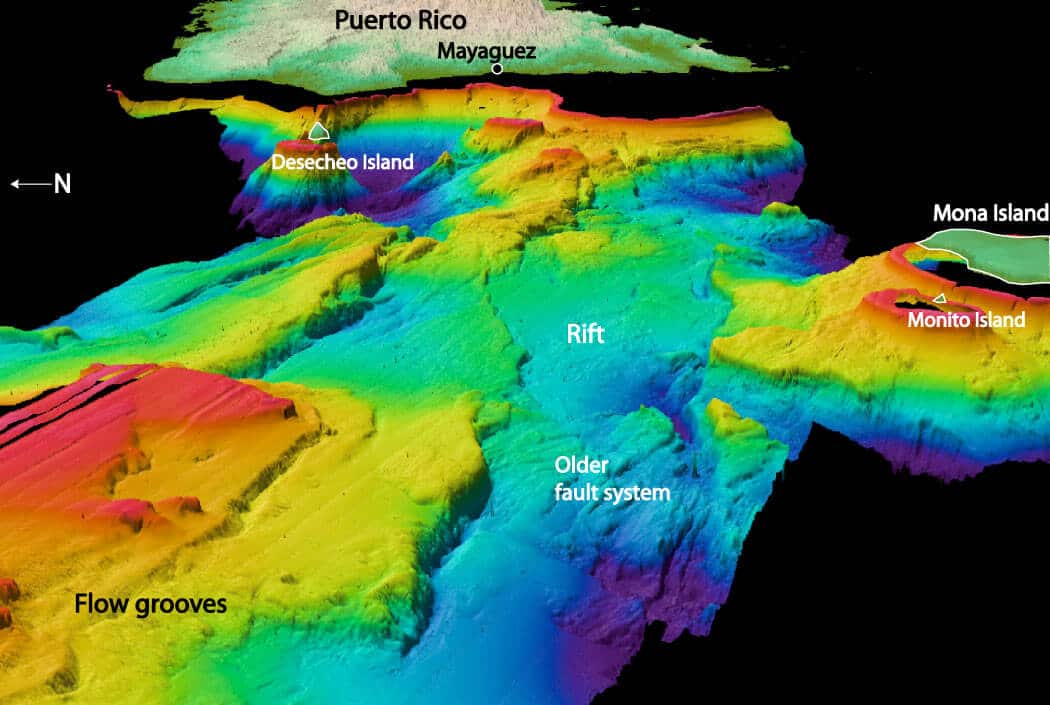Why Hurricane Irma and Maria didn’t hit Las Terrenas
How Nature Protects the Dominican Republic from Hurricanes

The Dominican Republic which has been my home for over 10 years is a beautiful part of the Earth to live and in particular the Samana peninsula and my home town of Las Terrenas.
Unlike other Caribbean islands and various coast lines in North and Central America we who live in Las Terrenas and other areas along the north coast of the Dominican Republic, don’t look towards the hurricane season that starts on 1st of June and lasts until the 30th November with major trepidation.
This is due to various factors that seem to always turn the hurricane or storm north and away from us.
If you look at the historical data and tracking paths you will see that time after time we get very little landfall hurricanes.
How Hurricanes Work and Why Hurricane Irma and Maria didn’t hit Las Terrenas
Hurricanes require two main ingredients: warm water and wind. As the wind blows over the ocean’s surface, the warm water evaporates and rises. As it rises, that water vapor cools, condenses back into water droplets, and forms clouds. The more warm water and wind there is, the longer the process can continue, feeding the system and allowing it to grow larger and larger until it officially becomes a hurricane.
It’s only once the hurricane makes landfall that it stops growing, but that is where the danger lies. Along the coast, hurricanes bring storm surge and extreme flooding. But hurricanes can move far inland, dumping many inches of rain and causing all sorts of wind damage before dying out completely.
The Mona Passage pushes Storms away from Dominican Republic one of the reasons Why Hurricane Irma and Maria didn’t hit Las Terrenas
Islands
There are three islands in the Mona Passage:
- Mona Island lies close to the middle of the Mona Passage.
- Five kilometers northwest of Mona Island is much smaller Monito Island.
- Fifty kilometers northeast of Mona Island and much closer (21 km) to the Puerto Rican mainland is Desecheo Island.
This passage with its strong currents and winds is a major factor in the movement of hurricanes away from the north coast of the Dominican Republic
The Coastline in Dominican Republic helps minimize storm surges Why Hurricane Irma and Maria didn’t hit Las Terrenas
Las Terrenas and other parts of the North coast have a major coral reefs both coastal and offshore the offshore reefs fall away abruptly into the deep Atlantic ocean.
This reef gives great protection from storm surge caused by hurricanes and storms and again is another major factor as to why Las Terrenas is better protected than other areas of the Dominican Republic.
Mountains in Dominican Republic Weaken Hurricanes Why Hurricane Irma and Maria didn’t hit Las Terrenas
At a height of 3,087 meters (10,178 feet), Pico Duarte is the tallest mountain in the Caribbean. Part of the Armando Bermudez National Park, the mountain is one of the most popular natural attractions for both Dominicans and visitors to the Dominican Republic.
Due to the climate which can have snow and frost in winter on the high peaks the wind produced is cold, this with prevailing winds creating wind shear interacts with the warm temperatures thus damaging the integrity of hurricanes and storms.
Of course there will always be localised issues such as power outrage and trees on roads, damaging buildings but in the main we are better protected than most other parts of the DR and the Caribbean as history dictates.
Why Hurricane Irma and Maria didn’t hit Las Terrenas November



